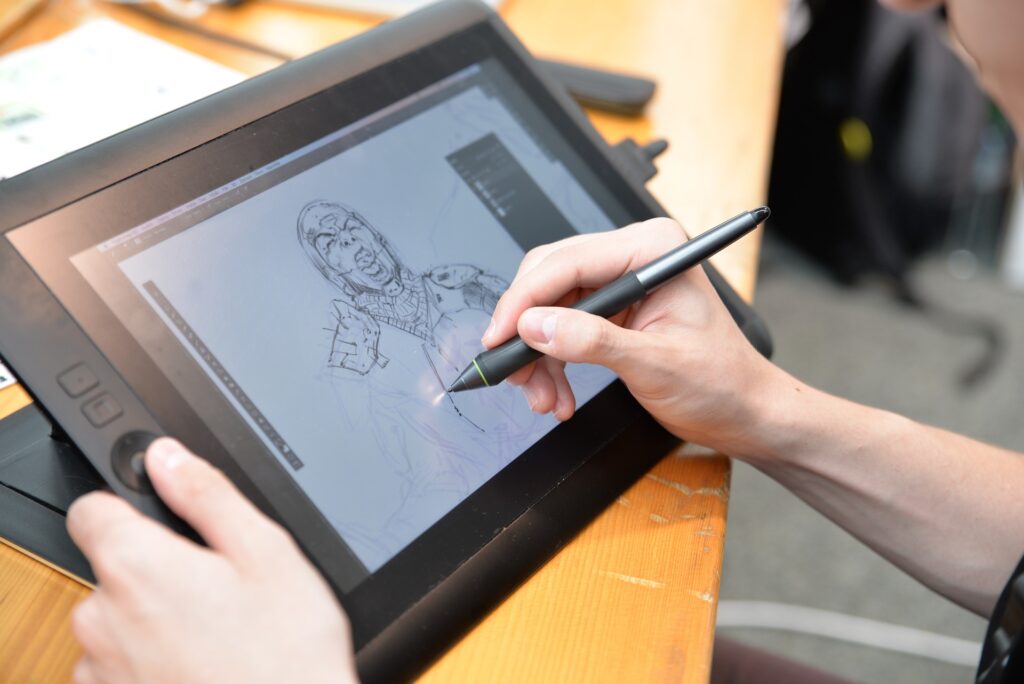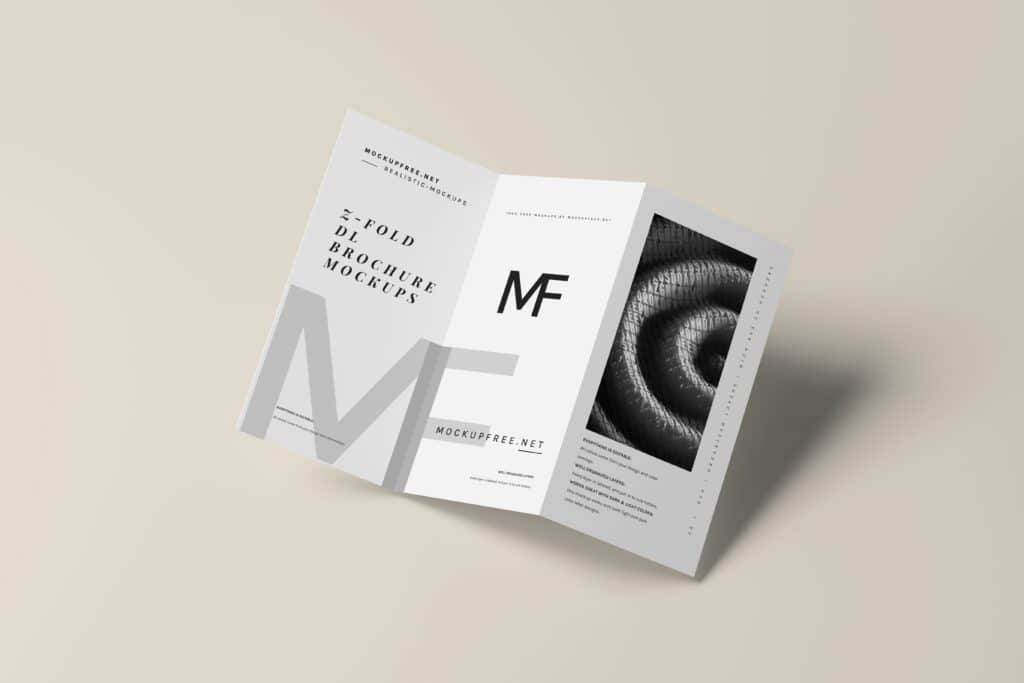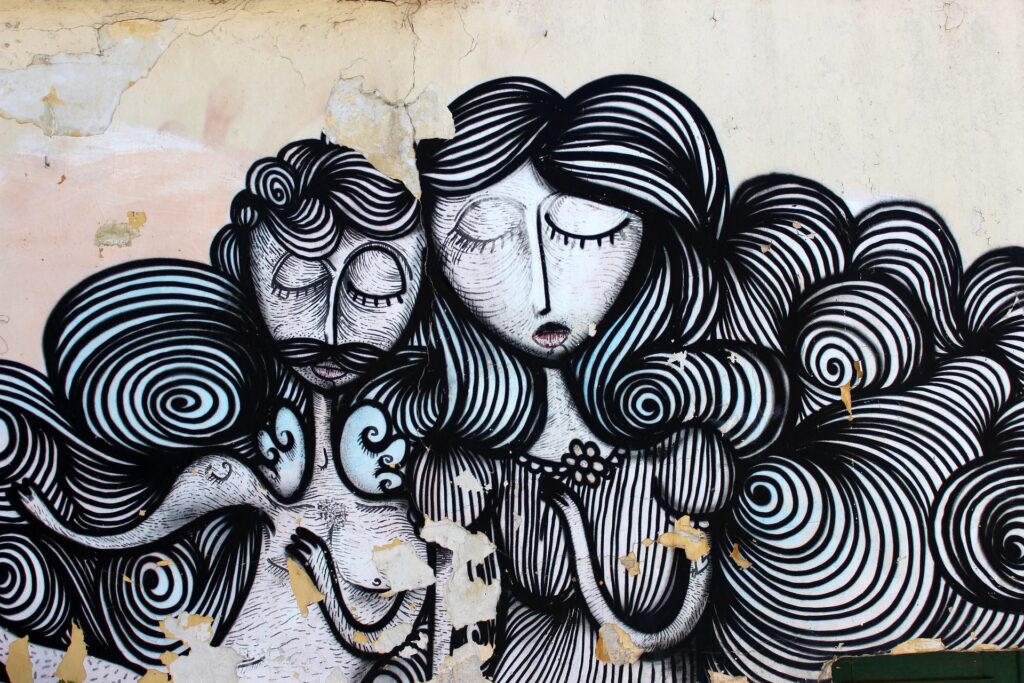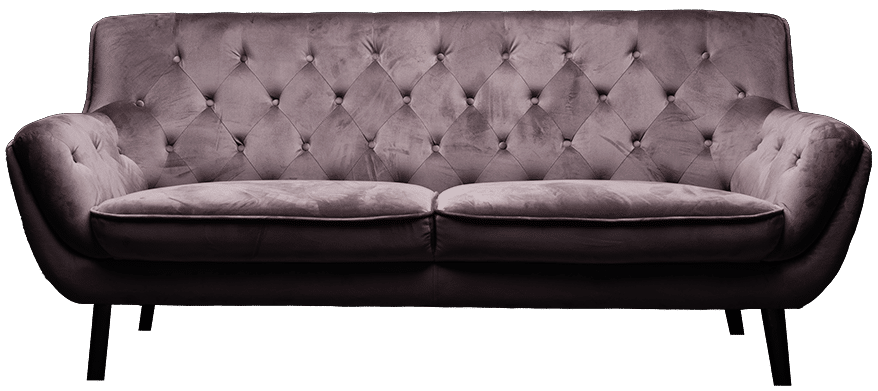History and Origins of Storyboards
Early Examples
The method of storyboarding has its roots in the film industry. As early as the 1930s, Disney Studios used storyboards to visually plan the scenes and storylines of their animated films. Another early example is the film Alexander Nevsky by Sergei Eisenstein, for which the director himself created a storyboard. The film music was composed by Sergei Prokofiev, with some scenes, such as those reminiscent of a ballet, cut directly to the music.
Developments in the 20th Century
With the growing importance of the medium of film, the storyboard became an indispensable tool for preparation and planning. A well-known proponent of this method was Alfred Hitchcock, who storyboarded every scene down to the smallest detail before the actual production began. For him, the storyboard represented the actual process of filmmaking – the shooting was only the execution.
A well-designed storyboard enables problems and discrepancies to be identified and discussed with the team at an early stage. This saves time and money by finding solutions before the expensive production starts. Based on the storyboard, important decisions are made about the narrative structure, relevance of scenes, and the required budget.
Benefits and Applications of Storyboards
A storyboard is a versatile and powerful tool that can be used in various areas. Here are some of the most important application areas:
Film and Television Production
Storyboards are indispensable in the film and television industry. They serve as a visual blueprint for the implementation of the script. Through the sequential representation of scenes, camera settings, and dialogues, all parties involved gain a clear overview of the planned process. This allows potential problems to be identified and solved before the actual shooting begins, saving valuable time and resources.
Storyboards facilitate communication within the production team and enable the visual narrative style and dramaturgy to be effectively planned. Whether feature films, series, or documentaries – a well-thought-out storyboard is the key to a successful implementation of the story.
Advertising and Marketing
In the advertising and marketing industry, storyboards are often used to conceive campaigns and commercials. They visualize the course and the most important elements of a campaign before it is actually produced. In this way, goals and concepts can be defined, resources planned, and potential challenges identified at an early stage.
A storyboard serves as a communication tool to convey ideas within the team and with customers or investors. It provides a clear overview of the marketing campaign and facilitates the evaluation of success after completion. Careful planning and visualization can avoid errors and increase efficiency.

Components of a Storyboard:
A storyboard consists of several elements that together form a visual roadmap for your project. The two main components are drawings/sketches and notes/annotations.
Drawings and Sketches:
The central component of a storyboard is the drawings or sketches arranged in rectangles. Each rectangle represents a specific scene or shot from your planned video. The drawings do not have to be masterpieces – simple sketches are sufficient to depict the action, characters, camera angles, and image composition.
Rough concept sketches are entirely adequate as long as they capture the essential elements of the scene.
Notes and Annotations:
Below each rectangle of the storyboard, there is space for notes and annotations. Here, you describe what happens in the respective scene, which dialogues are spoken, and other relevant details such as camera movements, props, or the approximate length of the shot.
Use the notes to enrich your visual elements with additional information and context. Use a uniform format and style, be clear and concise in your explanations. Relevant examples and evidence can make your annotations more convincing. Review and refine the notes while working on the storyboard.
By combining visual sketches with supplementary notes, you get a comprehensive communication tool that facilitates the planning and implementation of your video project.
Film production
How to Create a Storyboard:
There are two basic ways to create a storyboard: manually on paper or digitally using software and apps.
Manual Creation:
The manual creation of a storyboard is the classic and simplest method. All you need is a sheet of paper, a pencil, and some creativity.
First, draw even rectangles on the paper that correspond to the aspect ratio of your planned video, such as 16:9 for YouTube videos. Leave space below each rectangle for notes on dialogues, character movements, and technical details.
Now fill the rectangles with rough sketches of the scenes you want in your video. Focus on the essential visual elements such as characters, camera angles, and image composition. Arrows can clarify movement sequences. The drawings do not have to be masterpieces – simple stick figures are sufficient.
Number the panels in tens, so you can easily insert new scenes when making changes. Use different colors or fonts to clearly separate dialogues, instructions, and notes.
Digital Tools
In addition to the analog version, there are numerous digital tools and software with which you can create storyboards. The advantage is that your work cannot be lost, and you can easily share and collaborate on the storyboard.
Some programs like Canva or Adobe Express offer you templates, images, and illustrations with which you can design your storyboard. For more customization options, storyboard specialists like Storyboard That or Storyboarder by Wonder Unit are suitable. Here you can create detailed sketches, customize characters, and integrate 3D visualizations.
The selection is vast – from free open-source solutions to professional programs for animation studios. Consider which features you need and what budget is available to you. With the right tools, you can design your storyboard efficiently and precisely.
Conclusion:
A successful storyboard is the key to a successful film or video production. It bridges the gap between the written script and the visual implementation by detailing the plot, characters, and camera settings. Whether analog sketches or digital tools are used, a well-thought-out storyboard facilitates communication within the team, enables efficient planning, and helps identify and solve problems early.
By creating a careful storyboard, you give your creative vision a concrete visual form. It serves as a guide for all involved and ensures that your story is told as you intend. Whether for films, advertising, or explainer videos – invest the time to create a solid storyboard, and you will reap the rewards of your work in a successful final product.








